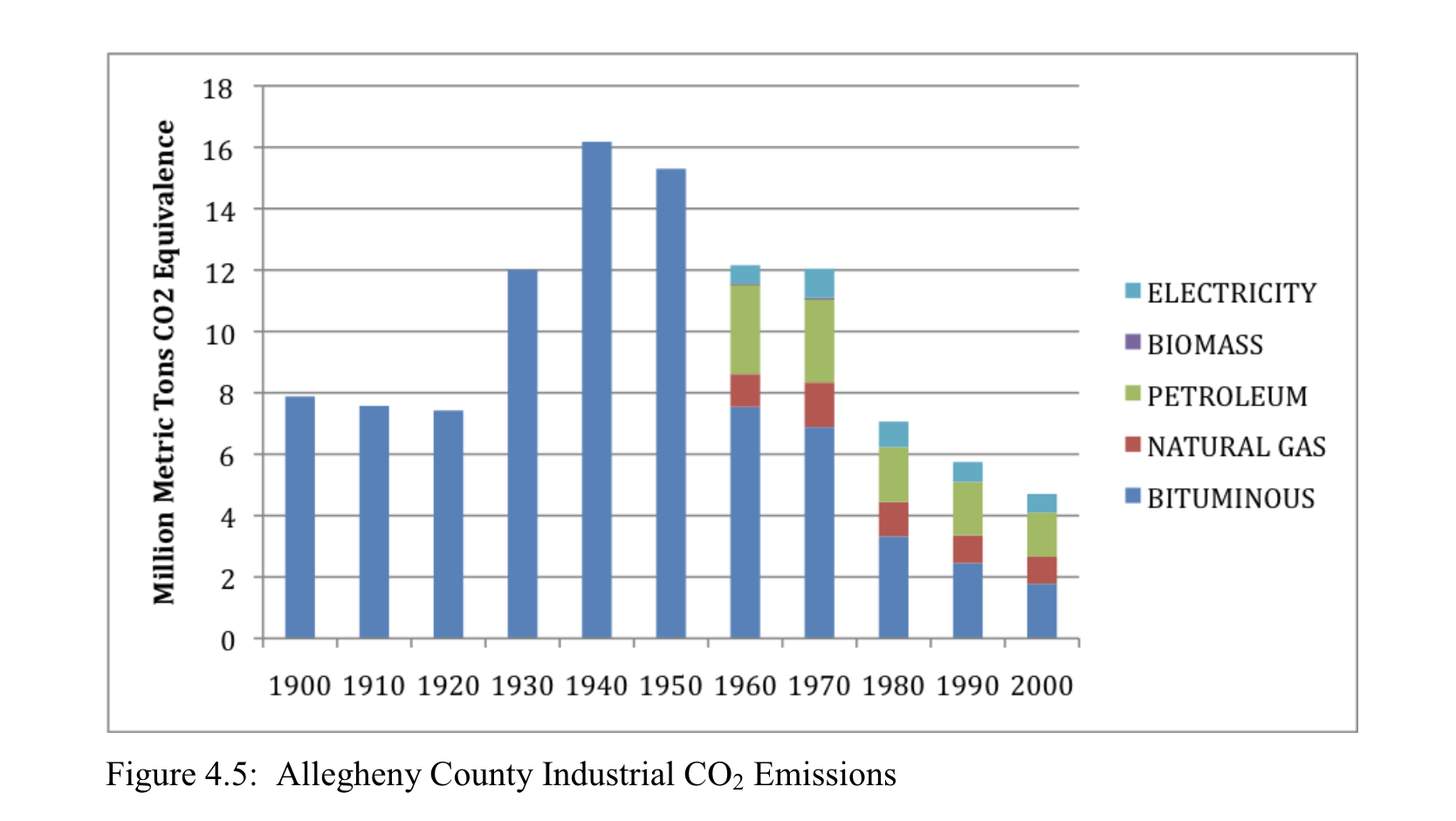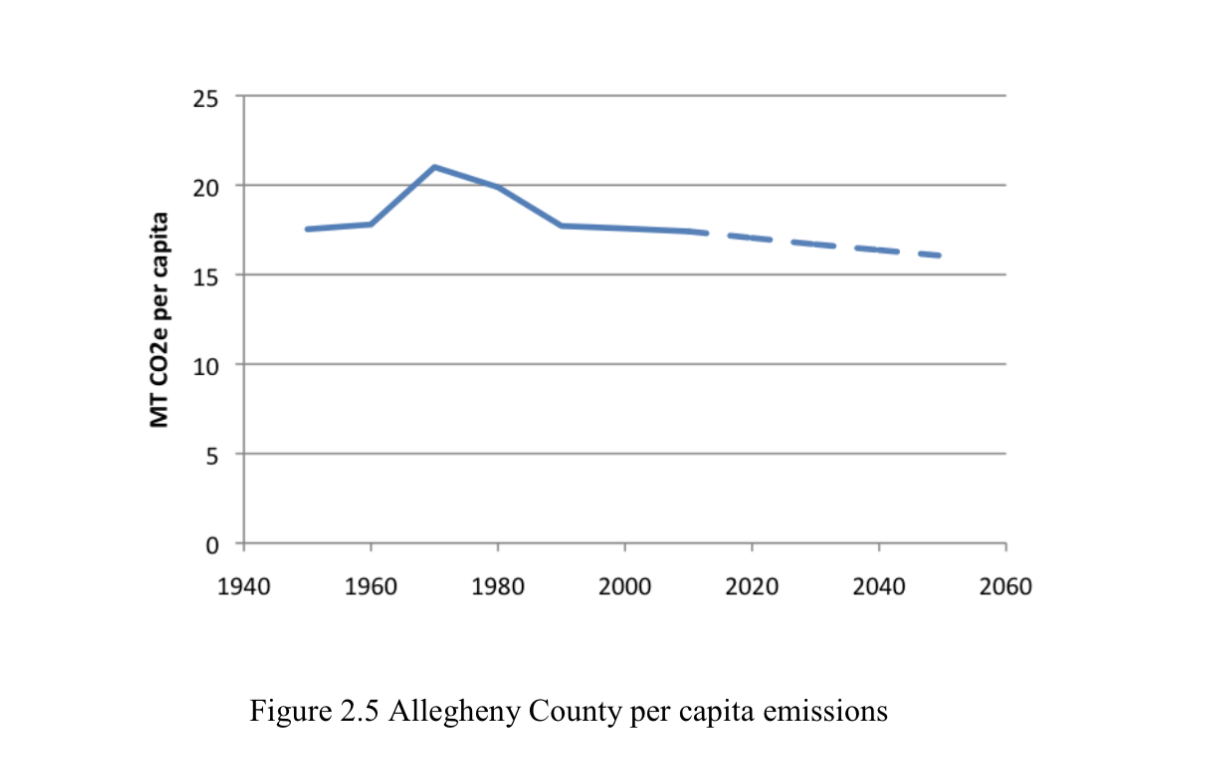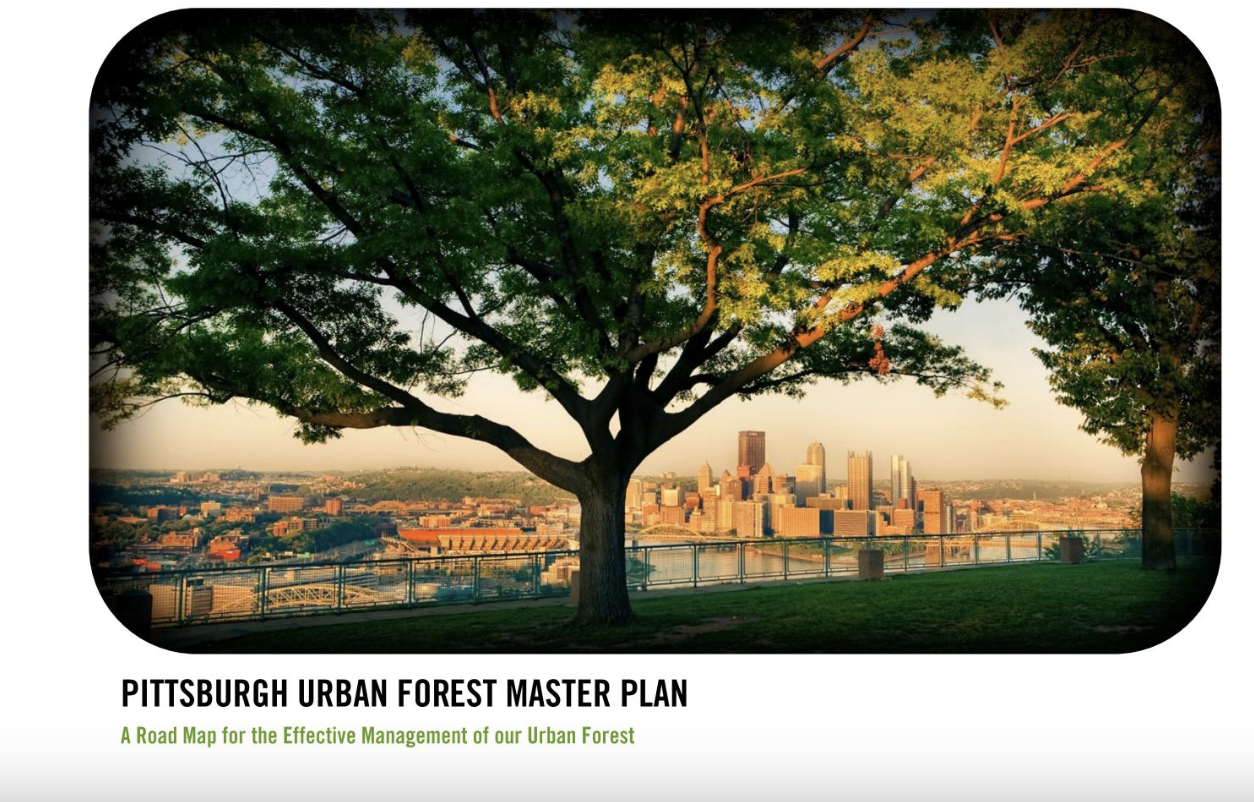July: Sustainability
This month we focus on past projects that aimed to make our communities and world more sustainable. Sustainability isn’t just about recycling, but about maintaining the environment we live in. The EPA says, “to pursue sustainability is to create and maintain the conditions under which humans and nature can exist in productive harmony to support present and future generations.” Join us as we look back at past projects that set their sights on sustainability.
The modern sustainability movement started really gaining traction in the 1970s. The U.S. government created the Environmental Protection Agency (EPA) and passed the Clean Air Act — steps that were remarkable at the time but, in hindsight, just the first small steps to tackle the larger issue at hand.
Numerous past EPP projects have focused on sustainability issues — ranging from impacts of urban forests, the policy of single-use plastic bags, and Pittsburgh’s emission projections.
The Spring 2010 project, The Environmental Footprint of Pittsburgh, focused on what impact our local community had on carbon emissions, electricity consumption, and more. During the height of the steel industry, Pittsburgh was a tremendous economic powerhouse; when the steel industry collapsed, the city had to adapt. Old industries had to innovate, and new ones filled the void left by those whose businesses had to close their doors. Through the project members analysis, the team found that total energy consumption and carbon dioxide emissions in Allegheny County peaked around 1970 and have been decreasing since. Since 1970, Allegheny County has seen an almost 20% decrease in energy consumption and a one-third decrease in carbon dioxide emissions. The group also projected that overall emissions would decrease over the coming decades. This results from a relatively constant population and a slightly decreasing per capita energy use. Switching to cleaner energy sources and reducing per person energy could potentially increase these projected emission decreases.


The Spring 2014 project, A Plastic Bag Tax for Pennsylvania?, took a closer look at the policy and environmental impacts of a potential ban on single-use plastic bags in the state of Pennsylvania. Eight states—California, Connecticut, Delaware, Hawaii, Maine, New York, Oregon and Vermont—have banned single-use plastic bags. In August 2014, California became the first state to enact legislation imposing a statewide ban on single-use plastic bags at large retail stores. It’s clear that these policy measures are popular around the country, but are they achieving their goal?
According to several life cycle analyses conducted by the group, the overall impact of single use paper bags is actually greater in magnitude than plastic bags. Forcing a shift to more single use paper bags could create a bigger environmental impact than the status quo. Based on this fact, to improve the effectiveness of the proposed plastic-bag-ban bill with respect to the environment, the team would be recommended that the bill be expanded to include a fee on all single use bags. An outright ban on plastic bags would greatly increase the number of paper bags in circulation and create a much larger environmental impact than the status quo.
The Fall 1994 project, Pittsburgh’s Urban Forest: Planting for the Future, took a closer look at Pittsburgh’s arboreal infrastructure, how it was maintained, and how it could be improved in the future. The project found that the city benefits by $2 per tree from hydrological benefits and $1 per tree from air pollution benefits. Applying these figures to a city street tree population of 40,000 trees provides $120,000 in environmental benefits. Street trees, however, comprise only a segment of the total tree population, with parks, greenways and private trees acting as a significant additional source of trees in Pittsburgh. By applying the environmental benefits to this overall population, as estimated earlier at 1 million trees, regional benefits on the order of $3 million are realized. The project ultimately proposed three recommendations: The first is to improve the maintenance of the young trees that have already been planted; The second is to conduct a comprehensive tree inventory of Pittsburgh's trees; The third is to re-establish Pittsburgh's Shade Tree Commission in order to initiate and coordinate tree-related programs.
Directly inspired by the outcome of the project, in 1998 The Pittsburgh Shade Tree Commission (PTSC) was re-established, which later established the current Tree Pittsburgh organization that operates today. In 2011, Tree Pittsburgh spearheaded the creation of the City of Pittsburgh Urban Forest Master Plan, a 20-year road map aimed at protecting and restoring the City’s tree canopy. This plan will protect existing trees and continually plant news ones throughout the city.